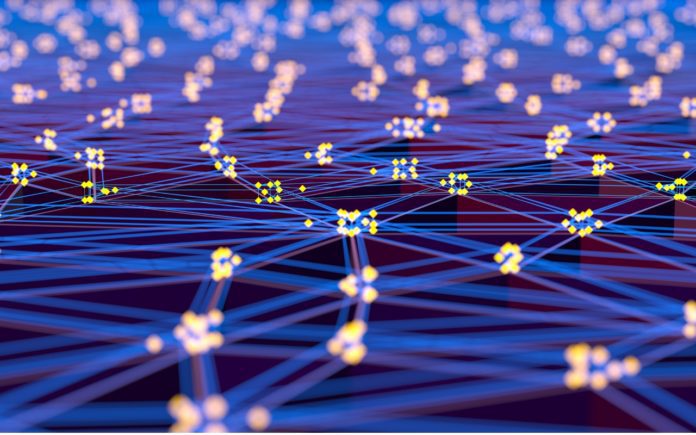In the future you won’t know where your connectivity is coming from — and you probably won’t care
During a conversation about the networks of the future at Mobile World Congress Las Vegas, IEEE Senior Member David Witkowski told RCR Wireless News a notable trend of technology convergence is occurring.
“In the past, Wi-Fi was Wi-Fi and cellular was cellular. The meat and the cheese didn’t touch, and everyone thought [that] was really good,” said Witkowski. These days, he continued, calls can go over Wi-Fi and cellular can provide smartphone speeds that mimic a Wi-Fi experience. Further, phones can automatically attach to Wi-Fi through Hotspot 2.0 technology without the user even noticing.
To that last point, Witkowski added: “In the future, you won’t necessarily know where your connectivity is coming from. It might be Wi-Fi, it might be 5G, it might be CBRS … or whatever else comes down the line. … Your devices will simply attach to available resources.”
And having as many connectivity resources as possible is a good thing, because in order for networks to support all that’s to come in the future — *ahem* the metaverse — Witkowski said that connectivity has to be incredibly robust, especially to as things like mixed reality and advanced audio and video applications become more mainstream.
According to The RAN Convergence White Paper developed by WBA and the Next Generation Mobile Networks (NGMN) Alliance, Wi-Fi and 5G convergence offers mobile operators improved visibility into Wi-Fi networks, allowing them more control over customer experiences and the ability to provide better service. Convergence also puts operators in a better position to provide enterprise Wi-Fi network management solutions to enterprise customers. For Wi-Fi operators, convergence offers an enhanced user experience through increased visibility and improved transition management as they operate overlapping cellular and Wi-Fi networks.
While Witkowski certainly sees the convergences of Wi-Fi and cellular technologies as critical for future use cases, he was careful to point out that cellular has something Wi-Fi doesn’t, which makes it a more attractive technology to support future use cases. “The thing that drives adoption of technology is spectrum,” he claimed. “The question is how efficient is that spectrum use? The economics of spectrum are not in Wi-Fi’s favor.”
Technologies that operate on licensed spectrum — like 5G — are more efficient, he argued, explaining that in the case of a cellular connection, “the network controls the interaction [and] the phone is an extension of the network.” On the other hand, when you are connected to Wi-Fi, the phone is the one controlling the connections.
“Wi-Fi is not designed to be a mobility standard; it’s a tetherless standard,” he said. In other words, while a Wi-Fi connection is great for sitting at home, at a cafe, on a bench, or even walking around a building, it’s not so great when you’re traveling in a car, for example.
Wi-Fi, of course, still has several benefits — it’s easy to attach to, the device ecosystem is robust and it’s effectively free to use. Therefore, isn’t going way, which means both Wi-Fi and cellular will be integral to ushering in the future of network connectivity. “In the future, platform chipsets will have to handle Wi-Fi and 5G and Wi-Fi 7 and 6G. That’s a huge challenge in front of the semiconductor developers,” predicted Witkowski.

